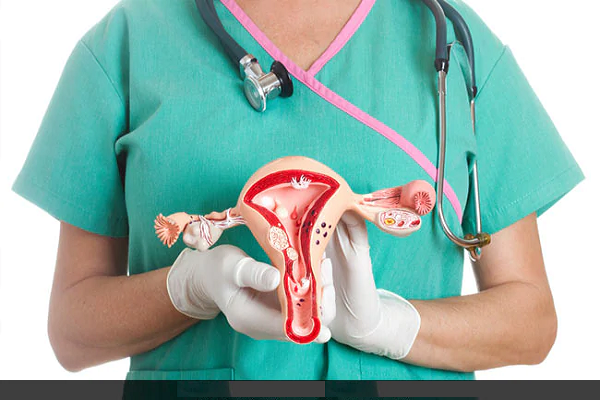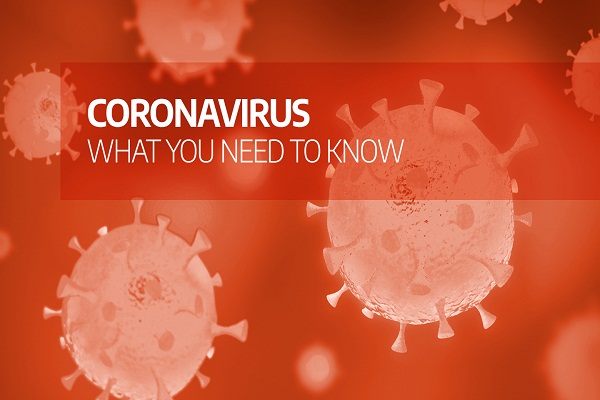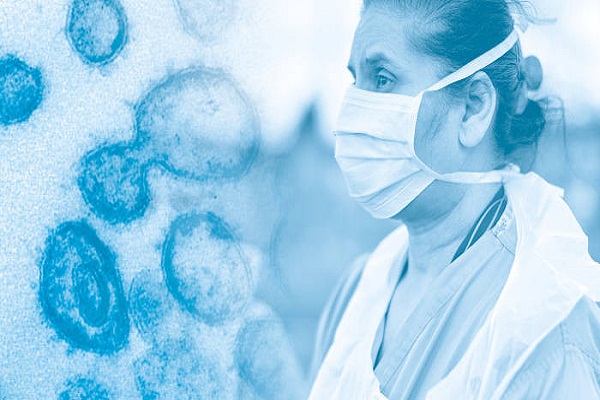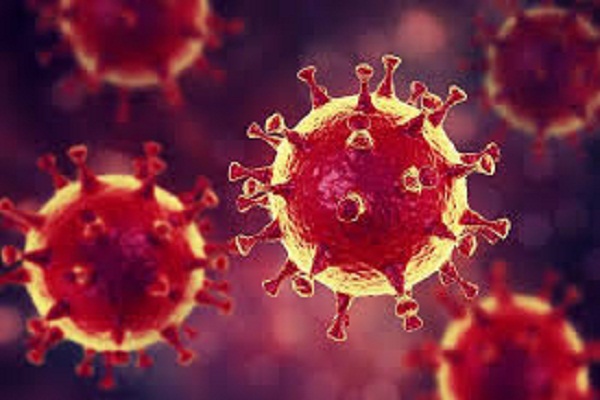
Do you often experience pelvic pain? Is there vaginal bleeding after menopause? Then, beware! These could be symptoms of endometrial cancer. Here, we help you understand what it is, and how you can tackle it.
Endometrial Cancer arises from the inner lining of the uterus, or the womb, called the endometrium. There are also other cancers such as uterine sarcomas that arise from the uterus, but endometrial cancer is the most common, and its causes are unknown. Endometrial cancer tends to begin in the layer of cells that form the lining (endometrium) of the uterus, and it can also be called uterine cancer. Other types of cancer can form in the uterus, including uterine sarcoma, but they are much less common than endometrial cancer.

Although the incidence of cancer is on the rise, the incidence of endometrial cancer is higher amongst the white population and lowest in India and Japan. In fact, in India, the ratio of cancer of the body of uterus relative to cervical cancer is between 1:8 and 1:15. This difference from western countries is due to high life expectancy, injudicious use of oestrogens in postmenopausal women and higher detection rate, due to increased awareness amongst both people and the gynaecologists in the western world. The high-risk factors for endometrial cancer are age > 60yrs, nulliparity ( lack of childbearing) persistent unopposed oestrogen ( in conditions such as PCOD, oestrogen secreting tumours, oestrogen only HRT , oestrogen producing ovarian/ adrenal tumours), late menopause, obesity, hypertension and diabetes, personal or family history of colon, ovarian or breast cancer and iatrogenic( due to certain medications ).
The symptoms
It is usually identified at an early stage, due to early symptoms. The most common symptom is abnormal vaginal bleeding, which means any form of irregular vaginal bleeding in premenopausal women and any vaginal bleeding in postmenopausal women. Other symptoms include lower abdominal/pelvic pain, watery or offensive vaginal discharge. 5 percent of women may have no symptoms, and hence there arises the need for screening ultrasound.

The risk factors
Postmenopausal women have a high risk of endometrial cancer. One may get it, if she gets her first period early, is obese, has diabetes or high blood pressure, infertility, irregular periods, or abnormal cells in the endometrium (called endometrial hyperplasia), and has a family history of endometrial, colorectal, or breast cancer.
The diagnosis
Women above the age of 40 yrs who experience irregular vaginal bleeding should consult a gynaecologist. Women with high-risk factors mentioned earlier should do an ultrasound of the pelvis for screening for endometrial abnormality once in 2-3 yrs before menopause, and once a year postmenopause, in spite of being asymptomatic. Women on medications, such as Tamoxifen, as maintenance therapy for breast cancer, would require endometrial surveillance more closely. Any abnormality on ultrasound would require a biopsy from the uterine inner lining (endometrial biopsy) to check for possible malignancy. Other investigative modalities such as MRI and PET CT help to guide the stage of the disease, and the treatment response.
Endometrial cancer has a very good prognosis amongst all other cancers in women, if detected in the early stages. The 5-year survival rate, if detected at Stage I is 81 %, stage II is 73%, and even stage III is nearly 50 %, unlike other genital cancers in women. Hence, early detection (by investigations and biopsy) and prompt treatment significantly increase the chance of complete cure.
The treatment
The treatment depends upon the stage of the disease at diagnosis. The usual treatment is a radical surgery involving removal of the uterus (both body and cervix), fallopian tubes and ovaries, as well as adjoining portions of the vagina and draining lymph nodes. Concomitant radiotherapy and chemotherapy may be required to complete the treatment based on the stage of the disease. Moreover, breastfeeding, multiparity, consumption of combined oral contraceptives for 1-2 yrs during once lifetime has been found to reduce the risk of endometrial cancer.
Take-away message: Surveillance and follow-ups after completion of treatment are extremely essential in order to detect any relapse or distant spread of the disease. Also, remember that obesity raises the risk of endometrial cancer, to maintain a healthy weight. If you need to lose weight, increase your physical activity and cut down on your calorie intake, by opting for a well-balanced diet.
(Disclaimer: Writer is Dr Veena Aurangabadwala, Consultant, Obstetrics and Gynaecology, Zen Multispeciality Hospital, Chembur. Views expressed are a personal opinion.)
Be a part of Elets Collaborative Initiatives. Join Us for Upcoming Events and explore business opportunities. Like us on Facebook , connect with us on LinkedIn and follow us on Twitter , Instagram.












